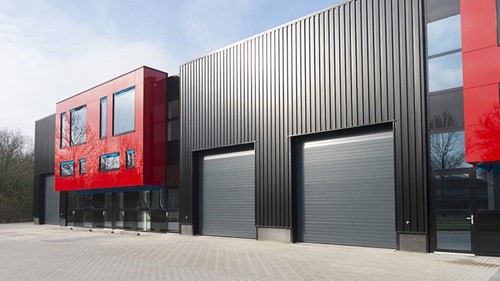As residential markets tank, rural property clocks up double-digit gains
Rural property market prices are growing at more than 10 per cent, a far cry from the anaemic residential property markets in the regions and capital cities.
While city and regional residential property markets continue to head backwards, rural property prices are growing quicker than the crops on the farms.
A new report released Tuesday (11 October) shows that rural property values for the most recently measured period (quarter two of 2022) had enjoyed double-digit growth.
More buyers and investors are buying more properties at higher prices, in stark contrast to the plunging listings and values in residential markets around the country.
The Elders Rural Property Update revealed that national median price per hectare (ha) increased significantly, up by 11.2 per cent to $8,158/ha.
Transaction volumes also edged higher, increasing nationally by 2.3 per cent in the quarter to 30 June to 1,569, totalling $3 billion.
The rolling one-year trend in median price per hectare remains positive, increasing by 3.3 per cent to $7,452/ha.
Nationally, median price per hectare moved higher driven by a higher proportion of grazing transactions in South Australia and Western Australia. Coupled with a sharp increase in transaction volume from New South Wales which attracts a higher price per hectare compared to other states.
A defensive asset
Elders newly appointed General Manager Farmland Agency & Agribusiness Investments, Mark Barber, said the one year rolling median price per hectare highlighted the continuation of a positive underlying trend in rural property values, increasing across every state and territory.
The Northern Territory led the way with a 19.1 per cent increase followed by a 12.5 per cent increase in South Australia.
“During the second quarter of 2022 there has been some convergence of commodity prices and property values, which is to be expected over the longer term due to the close correlation of these indexes,” Mr Barber said.
“The probability of a recession in some of the largest economies in the world is increasing, so as a large exporting nation, recession may lead to reduced demand for some of our agricultural products softening commodity prices further.
“However, if fears of recession increase, investors will look for assets that will maintain their value – defensive assets.
“Agricultural land produces food and fibre that people need even in difficult economic times, which will continue to support land values.”
The bullish rural sentiment was shared by Gary Brinkworth, CEO, Herron Todd White (HTW).
“While elements such as interest rate rises and increased running costs are steadying values in some areas, good seasonal conditions and ongoing high demand for rural investments are insulating most property values,” he said.
Wet and wild
The wet weather that is wreaking havoc in so many parts of eastern Australia, with an impact on residential property prices in many of those areas, is actually proving beneficial to some rural areas.
Andrew Garnsey, Valuer at HTW, said in southern New South Wales the outlook for another wet summer was contributing to buyers’ confidence, with good equity positions enabling farming operators to compete for the limited number of properties hitting the market.
“It appears that the recent interest rate rises are not having the impact on the rural property market in the south that was originally anticipated,” he said.
“Commodity prices are still at historically high levels and the rain keeps coming.”
HTW Director John Henderson said the general outlook in northern Victoria and the broadacre irrigation areas of south-west New South Wales is for the market to continue to rise, albeit at a much lower rate than the past two to three years.
The threat of foot and mouth disease was an issue, he said.
“Agents are reporting that prospective buyers are withdrawing from the market due to not wanting to stretch themselves financially in case the disease gets into Australia.”
Disease was also on the minds and hip pockets of farmers in southern Queensland’s Darling
Downs.
HTW Director Bart Owen said the Darling Downs rural sector’s outlook still appears to be optimistic, with the fundamentals of the rural property market remaining strong.
“Interest for rural land from institutional and corporate investors continues and has the effect of cementing confidence for both farmers and investors alike,” he said.
“Even with the recent interest rate rises, the foreseeable path ahead for farming production remains positive and with that production potential, similarly property prices are expected to remain comparatively stable.
“That said, there are some potential market risks at present, such as foot and mouth disease and lumpy skin disease that, if detected in Australia, would have a severe impact on the agriculture sector.”
Long-term gains
Buoyant conditions and production have also allowed rural property owners to pay down some debt.
The national Farm Management Deposit balance increased to a record $6.8 billion in June before declining to $6 billion in August.
Elders’ Mr Barber said the likely outcome from the above drivers is that rural property prices will continue to grow in the second half of 2022.
“Supply is tightening across the country, which will help drive demand higher for properties that do list,” said.
“Buyers are looking to be more informed compared to previous years, however, long-term confidence in the industry remains high.”




















